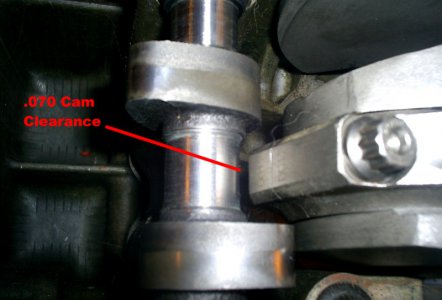Thanks for the compliment, Jerry. This engine was never automotive, nor has it ever been 1600cc. It is an aircraft conversion engine built from the ground up with a special case, a huge bearing and taper fit prop hub on the business end, an 86mm E4340 steel crank, forged and nitrided. Dual plugs at each cylinder with a magneto and a Dyna 5 electronic ignition for redundancy. 2400cc aero converted engines are fairly common these days. Mine is a 2287cc, with 92mm jugs, an 86mm stroker crank, and lightweight Arp racing rods. The engine will produce 85hp at takeoff, 78 sustained, with a compression ratio of 7.8:1.
30-40 years ago, many used the old 1600cc Type 1 VW Bug engine without modification. Stock cast cranks, single distributor ignition, and untrustworthy fuel systems. A few had problems, and by the time word got around . . . a handful of incidents became "ALL VW engines in aircraft are death traps". This is not the case today. Modern aero conversion VW Type 1 engines often go 1500 hours before a bottom end overhaul is required. Keep the oil clean, use the right oil, set the valves every 25 hours, don't overtorque cylinder studs, and pay attention to general maintenance and inspection. That's all it takes. Reliability is now very similar to certified aircraft engines, (better than some) and fuel burn is considerably less. A few are even turbocharged or EFI. They've come a long way.
Tom




